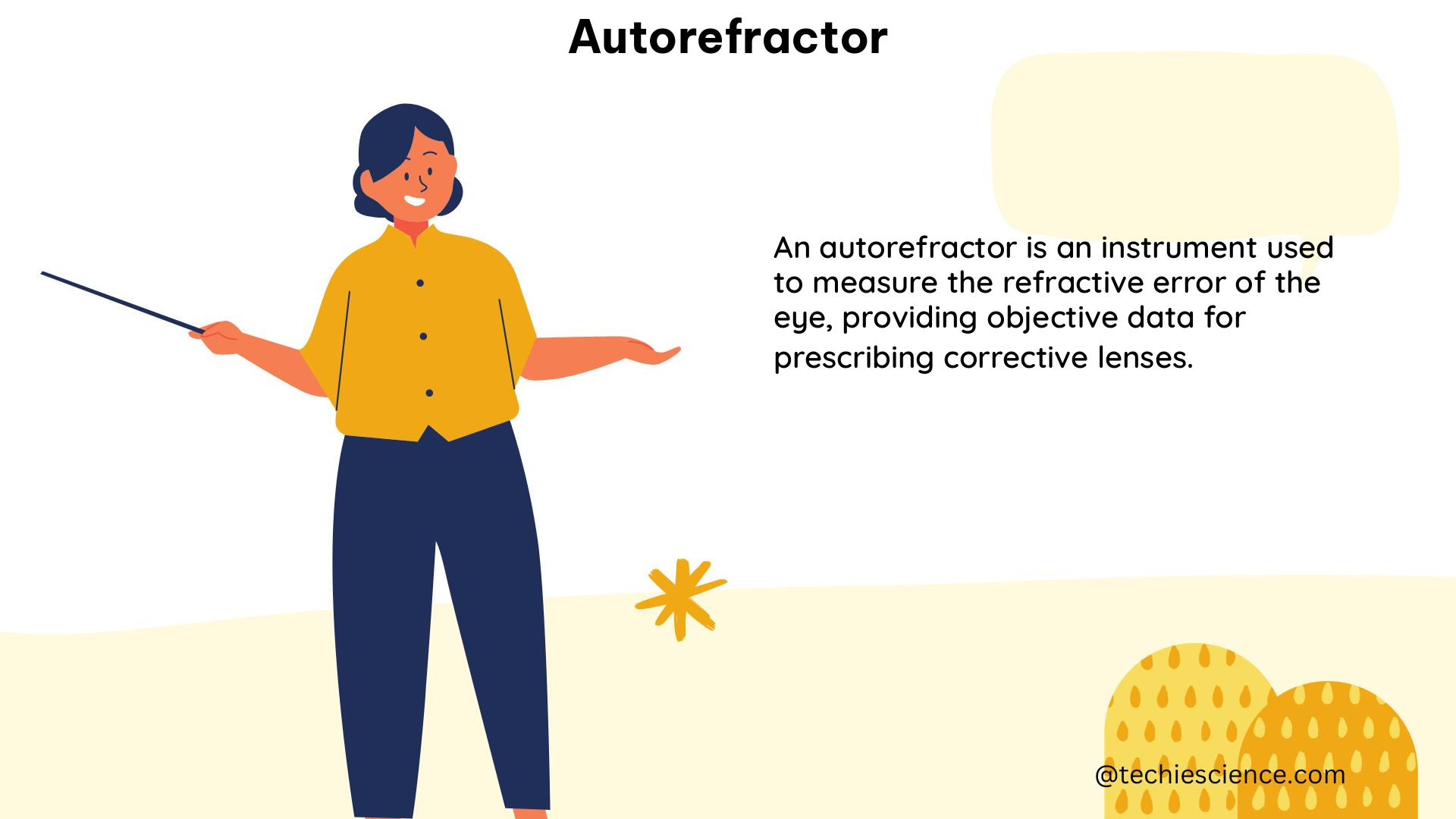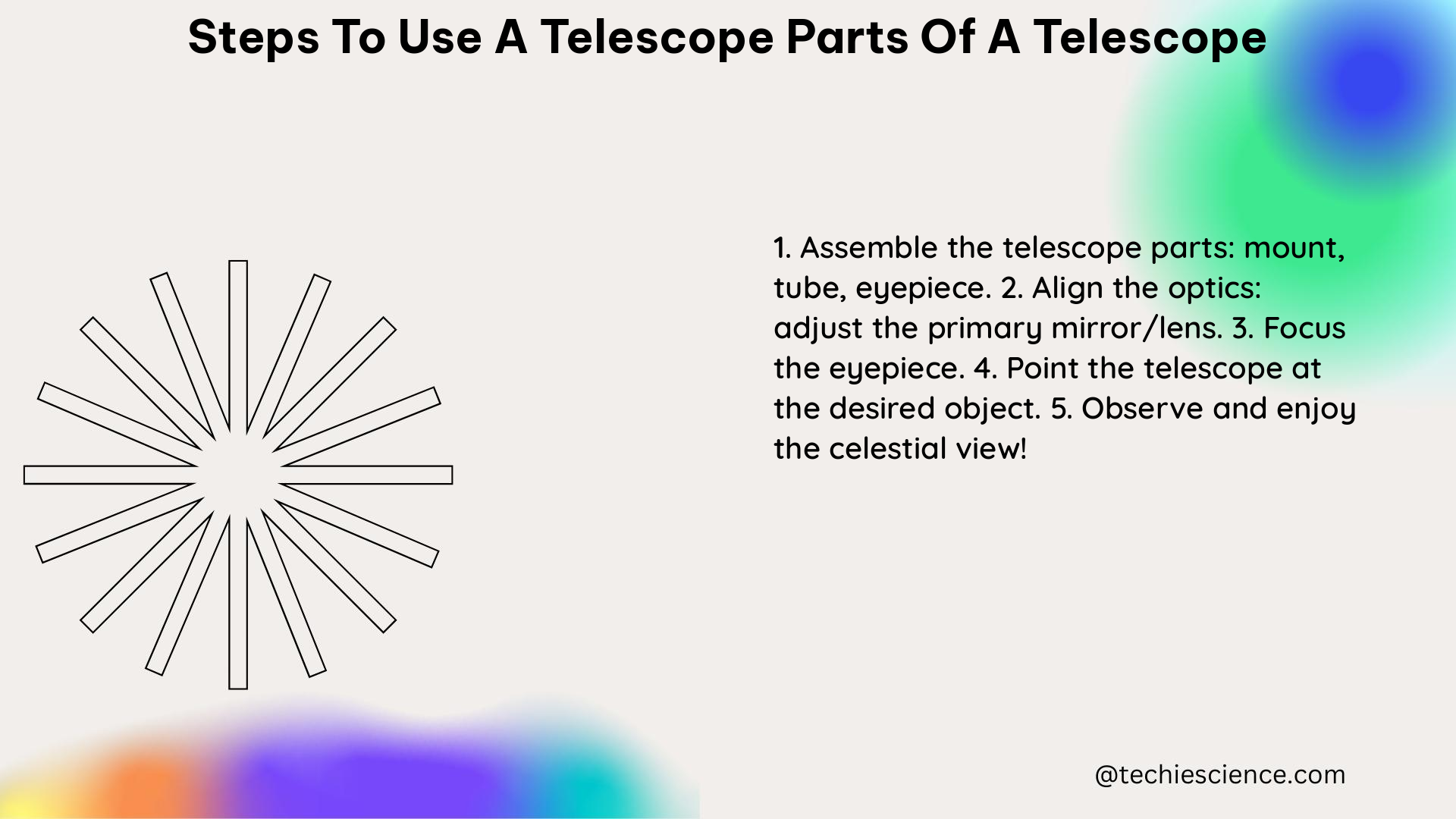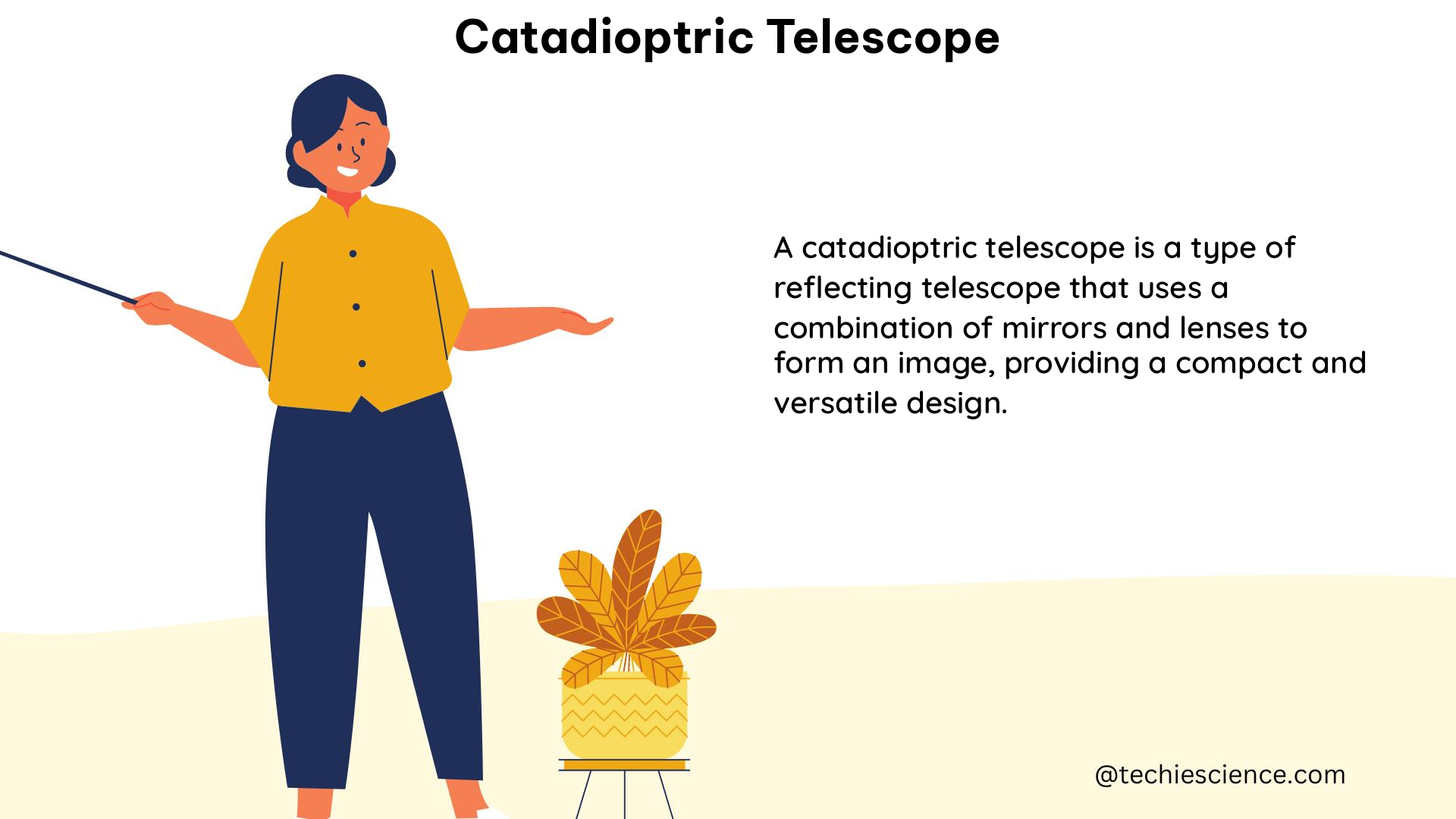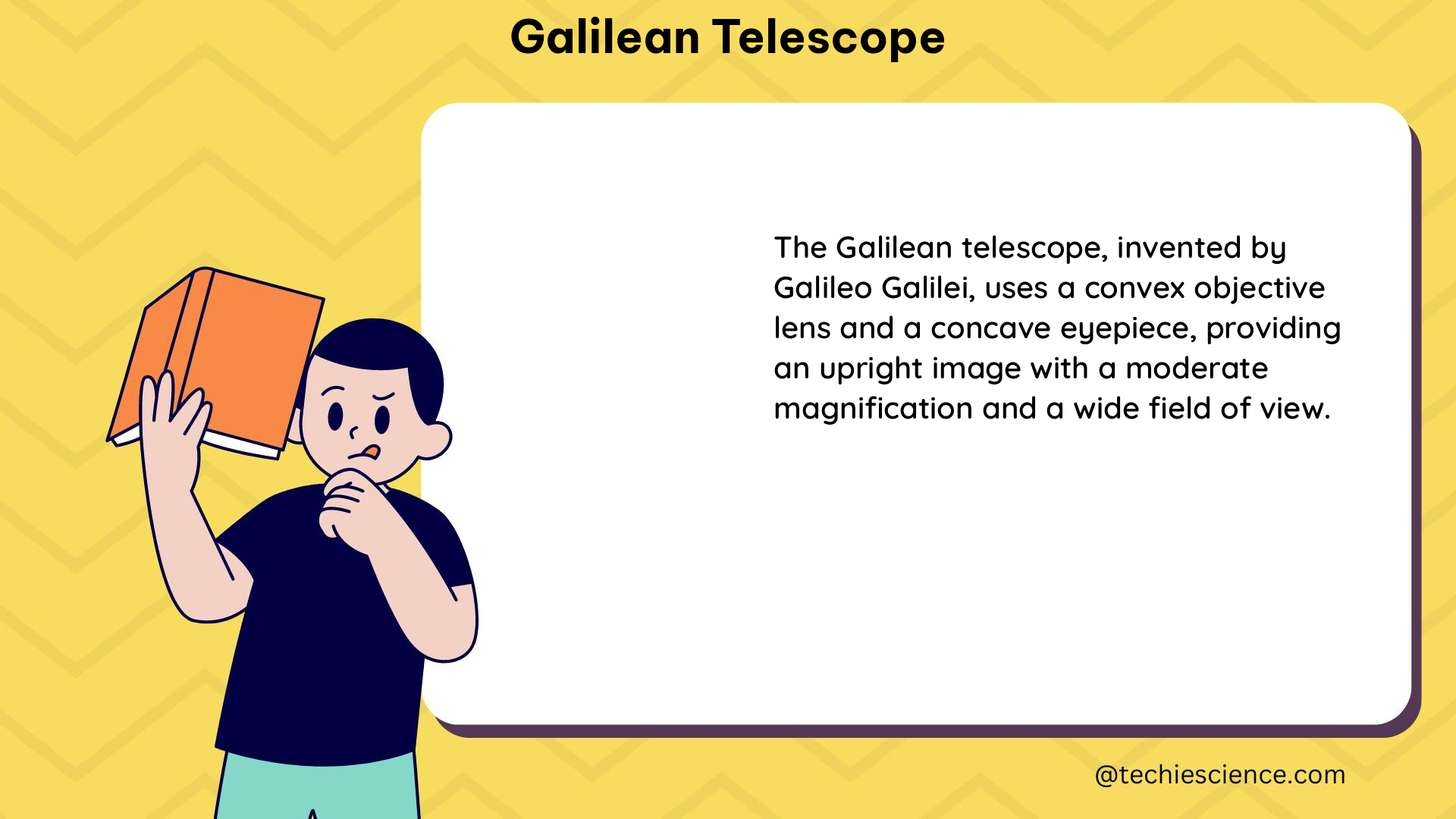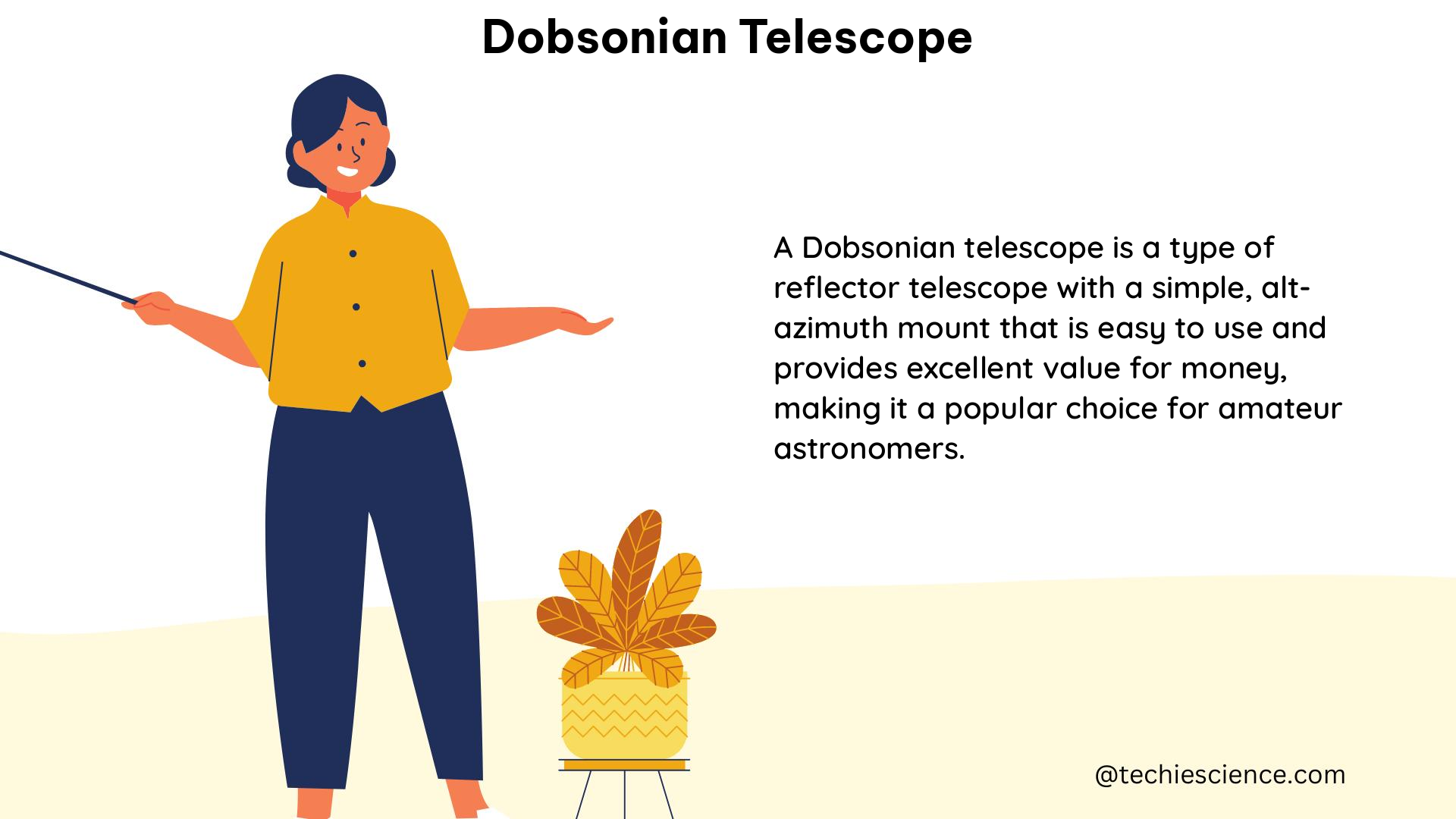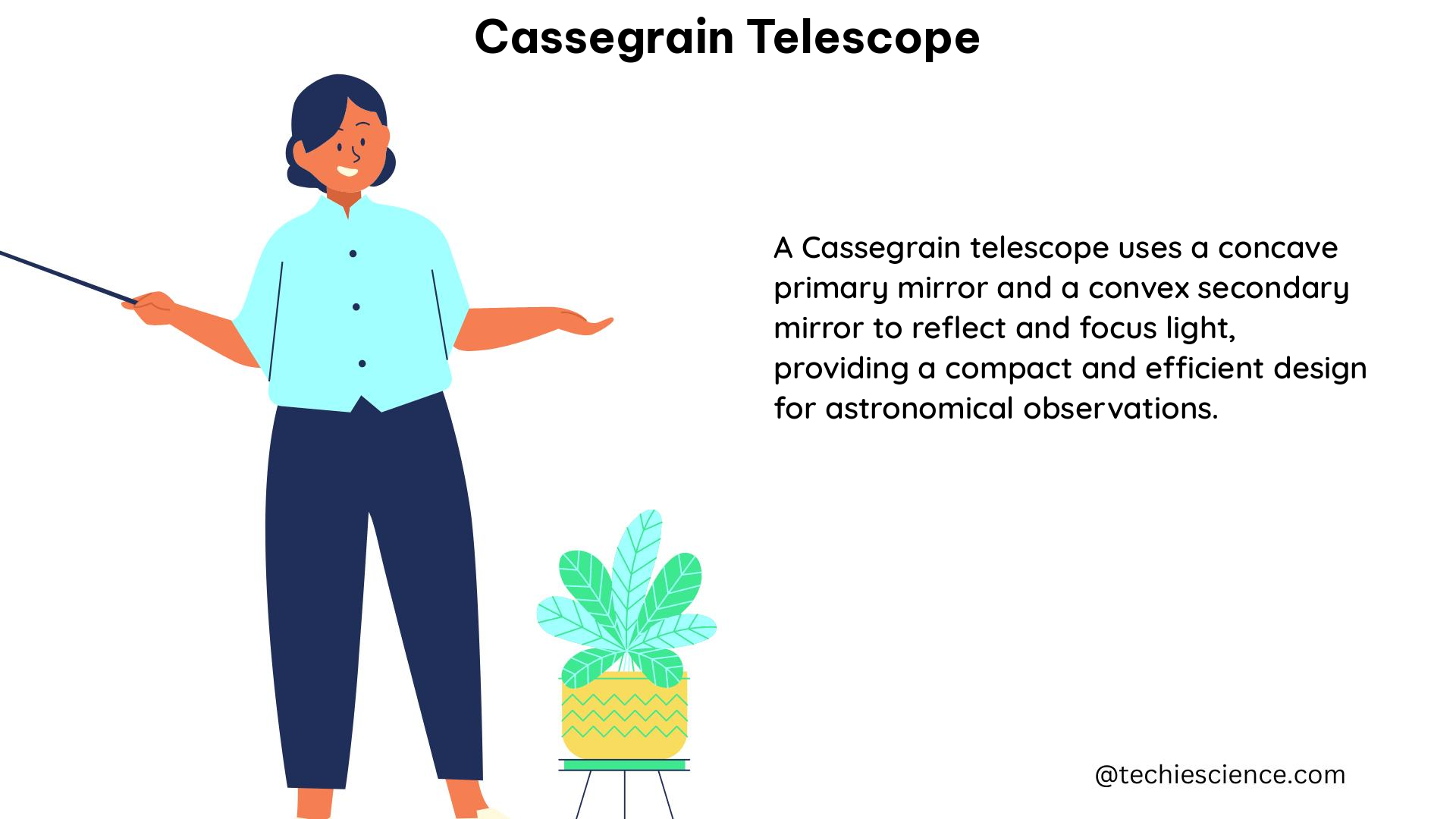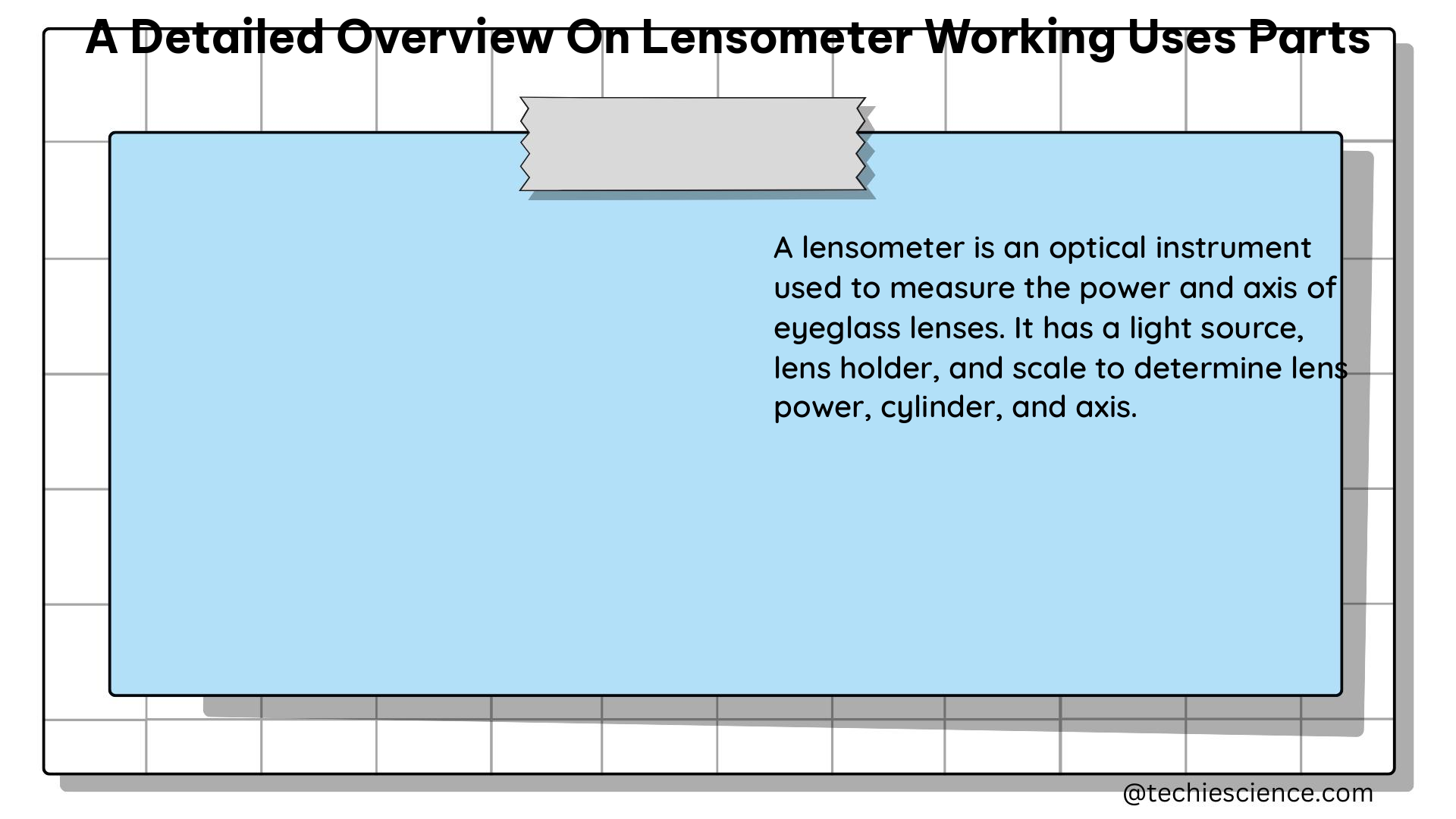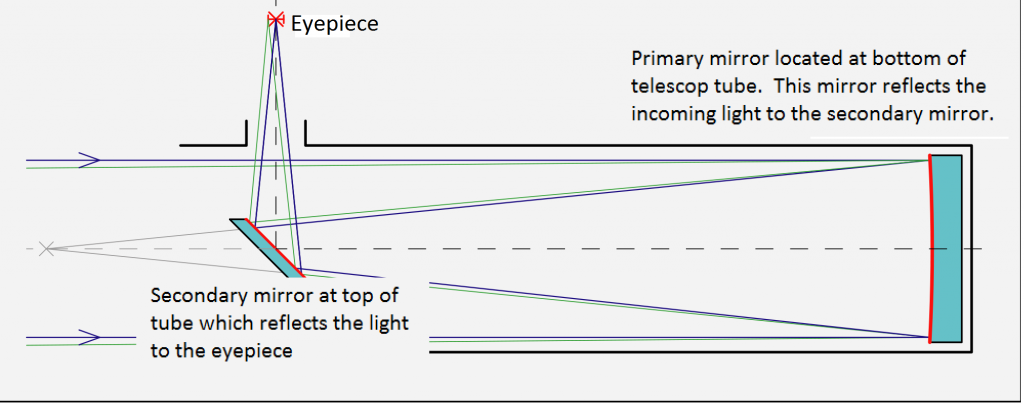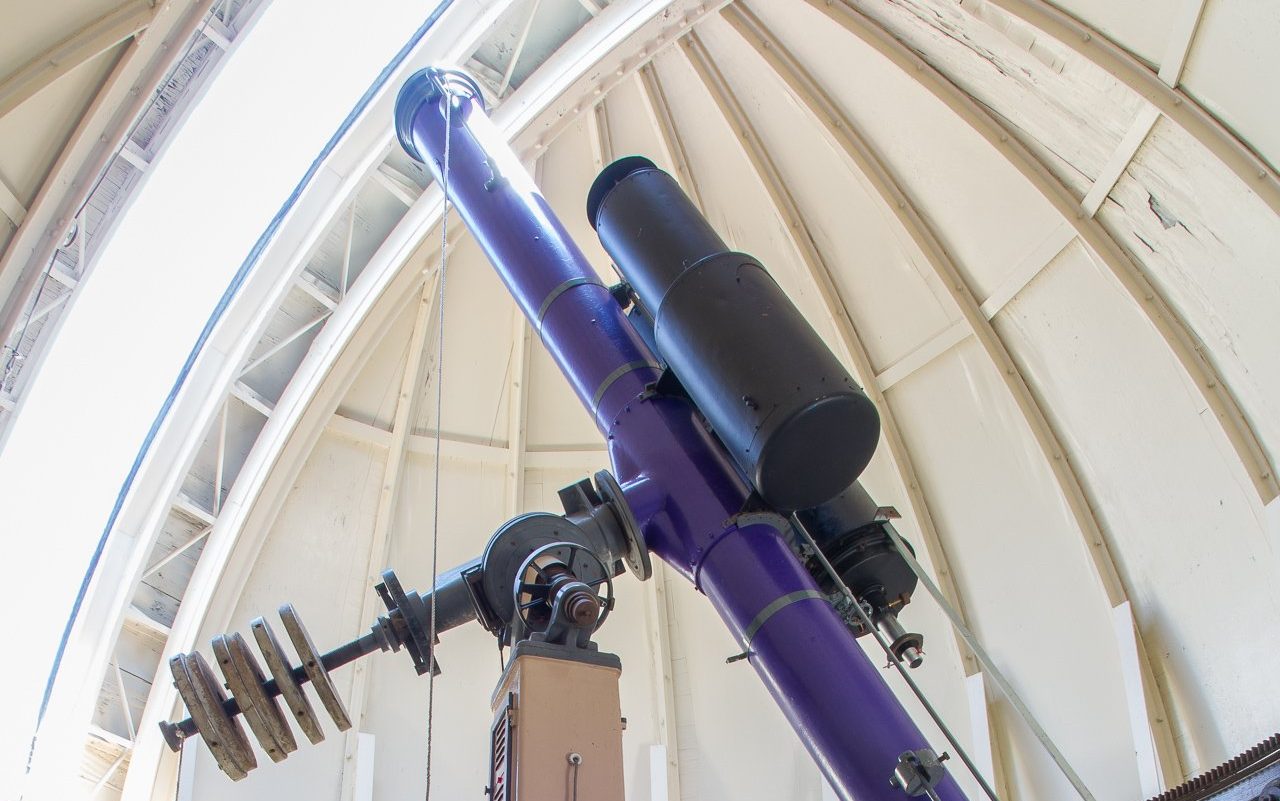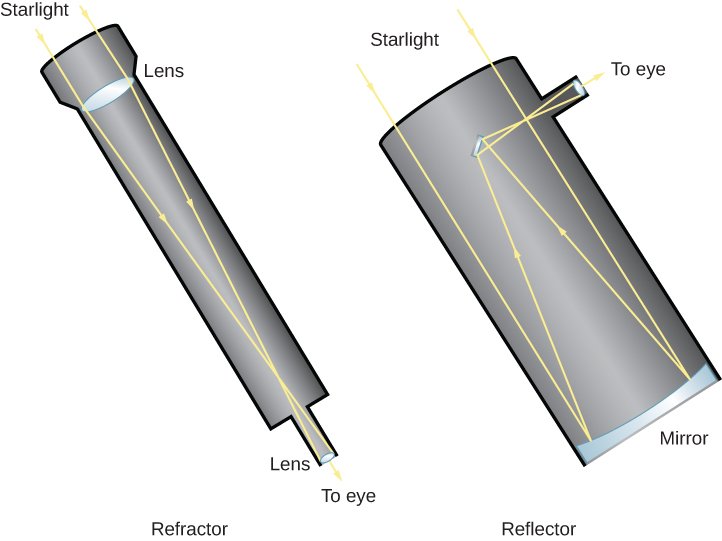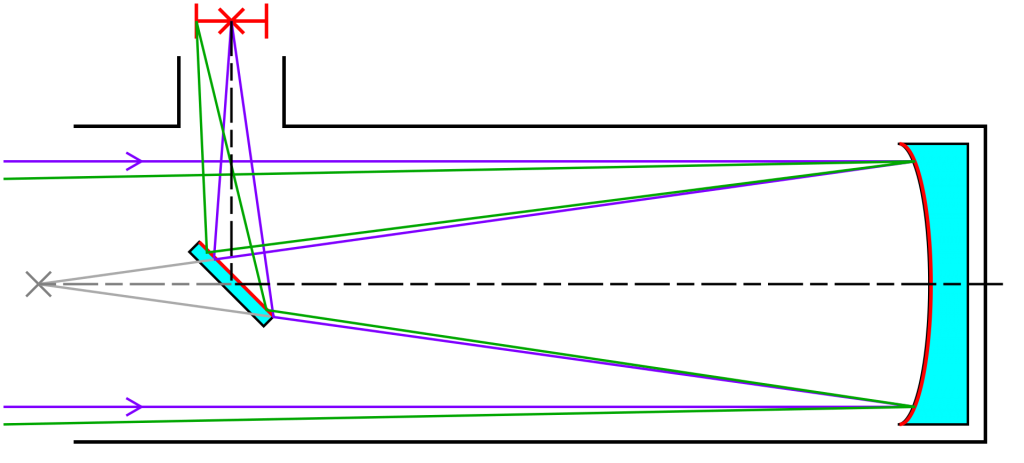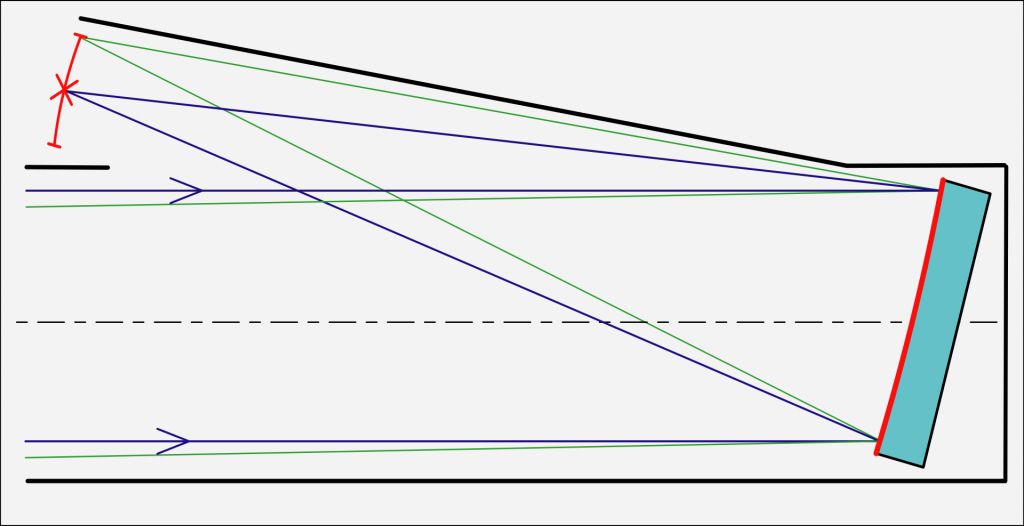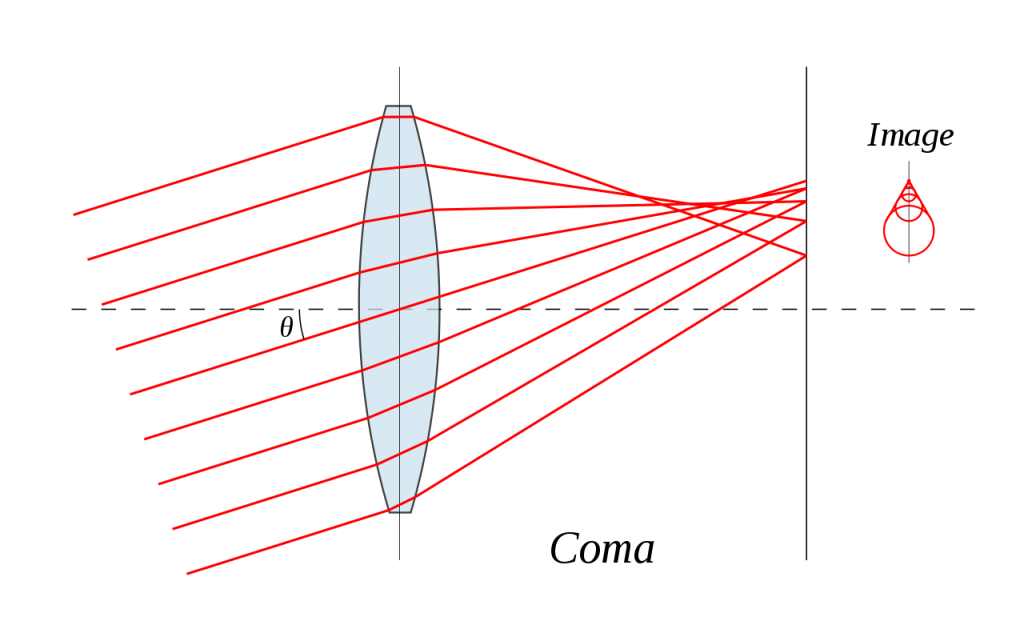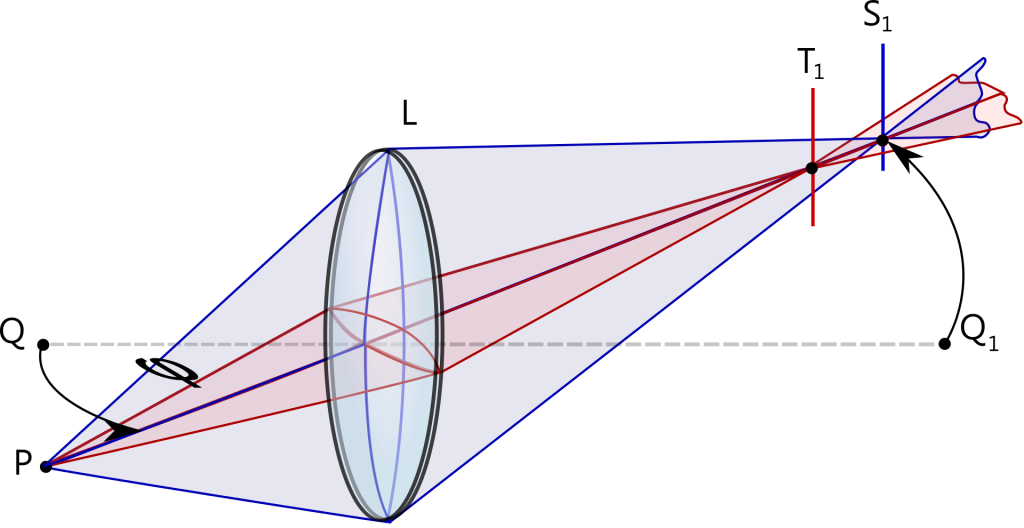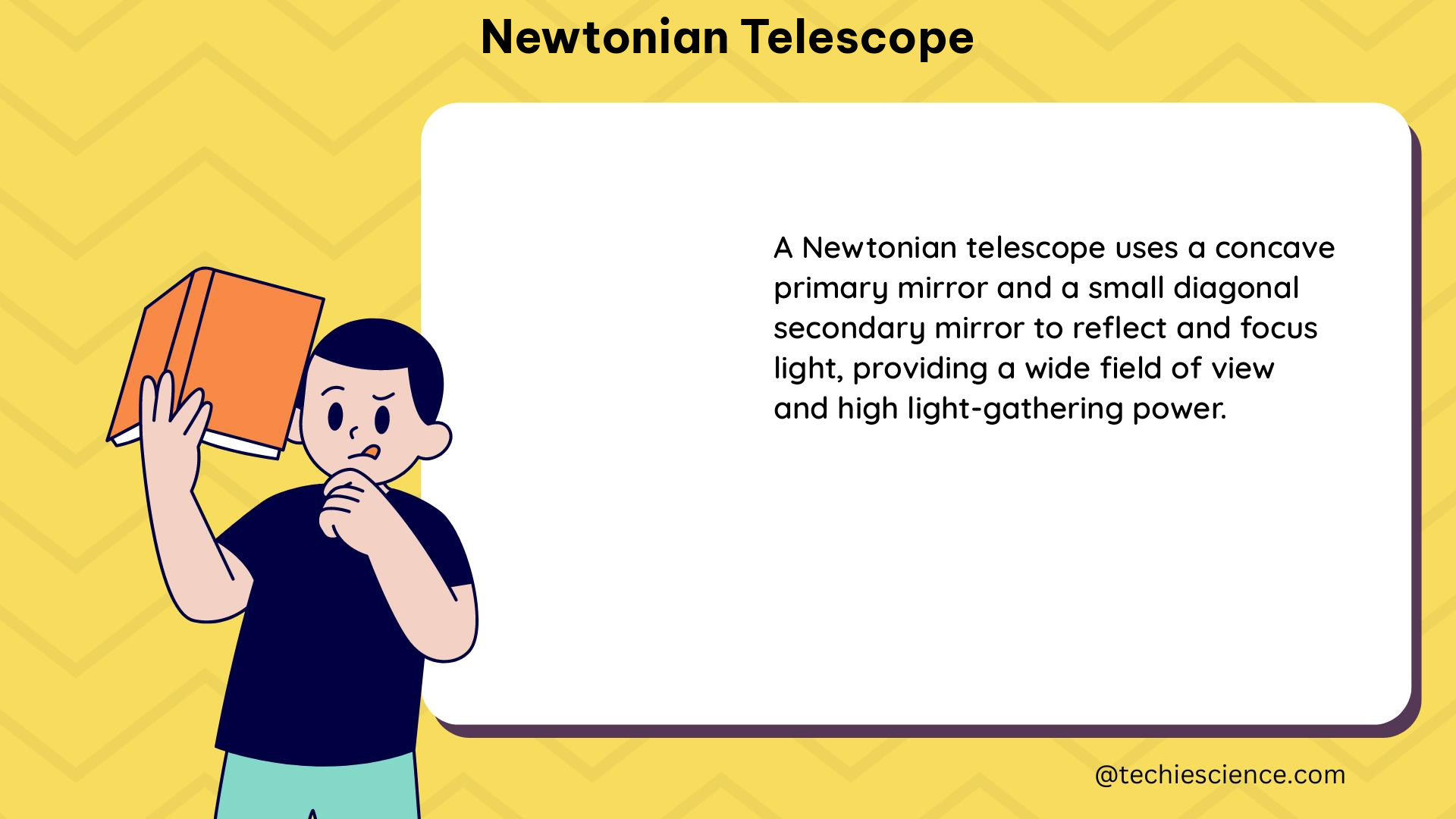Dioptric power is a crucial concept in the fields of optometry and ophthalmology, representing the optical power of a lens or curved mirror. This unit of measurement is essential for characterizing the refractive state of the eye and prescribing corrective lenses. In this comprehensive guide, we will delve into the intricacies of dioptric power, providing a wealth of technical details and practical applications for science students.
Understanding Dioptric Power
Dioptric power, also known as optical power, is defined as the reciprocal of the focal length of a lens or curved mirror, measured in meters. The formula for dioptric power (D) is:
D = 1 / f
Where:
– D is the dioptric power, measured in diopters (D)
– f is the focal length, measured in meters (m)
The dioptric power of a lens or mirror represents the ability to converge or diverge light rays, which is crucial for the proper functioning of the human eye and the design of optical devices.
Dioptric Demand of Near-Work Tasks
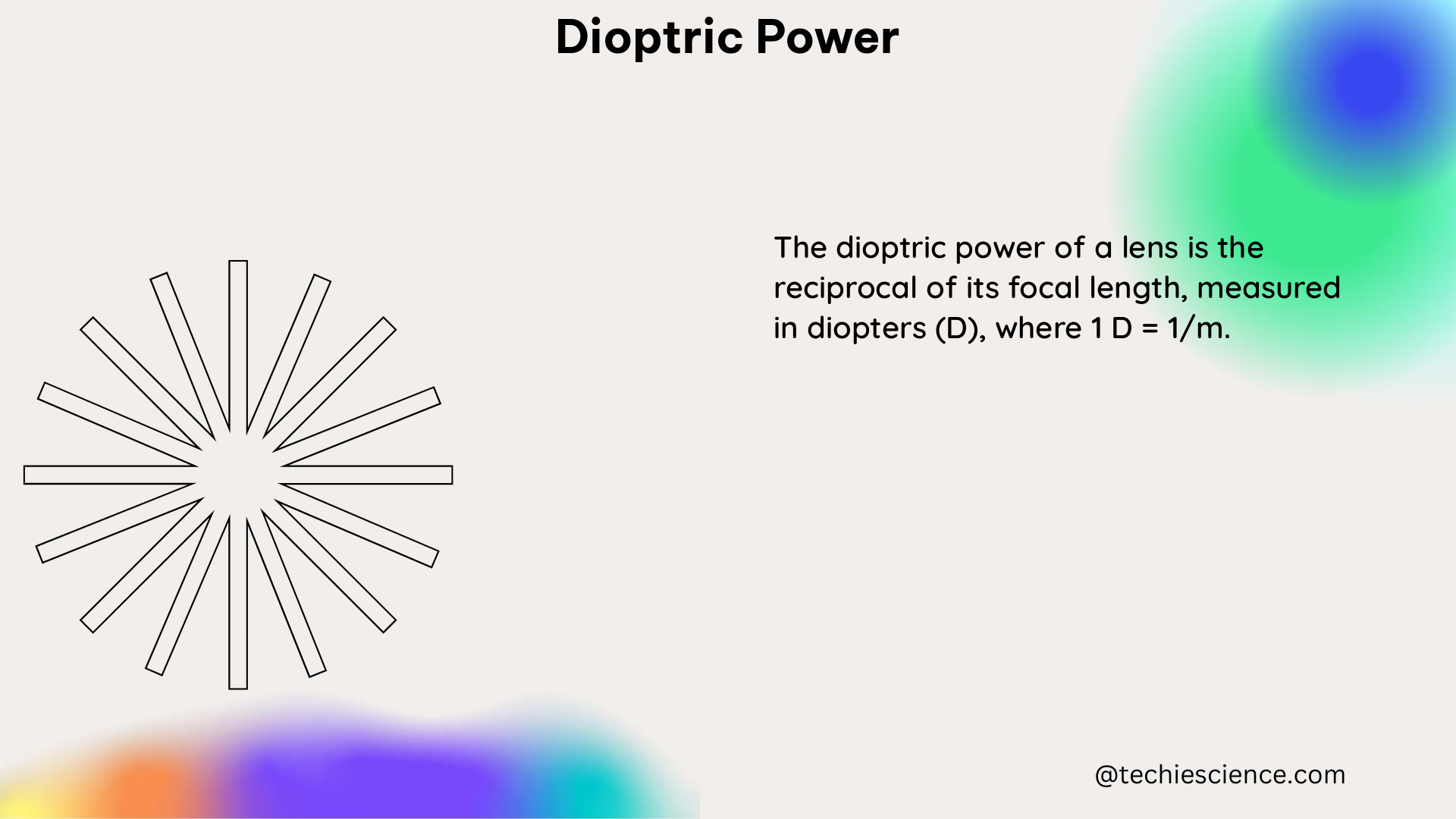
Researchers have objectively quantified the dioptric demand of various near-work tasks, such as reading print and using hand-held devices. The results of these studies provide valuable insights into the optical requirements for different visual activities.
Reading Print
In a study on near-work tasks and dioptric demand, researchers found that reading print had a dioptric demand of 2.64 D (95% CI 0.48 D to 2.81 D). This means that the eye requires an optical power of 2.64 diopters to focus light on the retina effectively while reading printed material.
Using Hand-Held Devices
The same study revealed that using hand-held devices, such as smartphones and tablets, had a dioptric demand of 3.00 D (95% CI 2.84 D to 3.17 D). This higher dioptric demand is due to the closer working distance and smaller visual targets associated with these devices.
These findings highlight the importance of understanding dioptric power in the context of visual tasks, as it can inform the design of corrective lenses and the management of visual fatigue and eye strain.
Evaluating Refractive Data and Dioptric Power
Researchers have reviewed various methods for evaluating refractive data and dioptric power. These methods are essential for accurately analyzing and comparing samples of dioptric power.
Sphero-Cylindrical Transposition
One of the key considerations in evaluating refractive data is the need for a system of analysis that allows for invariance of power under sphero-cylindrical transposition. This means that the dioptric power should be independent of the specific representation of the refractive error (e.g., sphere, cylinder, and axis).
Mathematical Operations
Researchers have described methods for calculating squares of power, performing mathematical operations, and testing samples for variance and departure from normality. These techniques are crucial for ensuring the reliability and validity of dioptric power measurements.
Statistical Analysis
Appropriate statistical analysis methods, such as testing for variance and normality, are essential for comparing dioptric power data across different samples or populations. This allows researchers and clinicians to draw meaningful conclusions from the data and make informed decisions.
Corneal Topography and Dioptric Power
Corneal topography is another area where dioptric power measurements are crucial. Corneal topography measures the curvature and shape of the cornea, which can be converted to dioptric power measurements.
Manual Keratometry
Early quantitative measurements of corneal curvature came from manual keratometry, which measured the radius of curvature and subsequently the dioptric power of the cornea along two principal meridians. However, this method was limited to a fixed chord of only 2mm or 3mm within the central optic zone of the cornea.
Placido Disc Topographers
Newer technologies, such as Placido disc topographers, can measure up to or including the limbus in a single capture, providing a much more accurate representation of corneal shape than keratometry. These topographers use sophisticated algorithms to calculate curvature and power data relative to the optical axis line of reference between the topographer camera and the cornea or relative to points not centered on the optical axis.
Limitations and Distortions
However, distortions in the projected rings can still occur due to tear film dryness, punctate keratopathy, corneal scarring, sutures, or abrupt curvature changes. These factors can affect the accuracy of the dioptric power measurements obtained through corneal topography.
Practical Applications of Dioptric Power
Dioptric power is a fundamental concept in various fields, including:
- Optometry and Ophthalmology: Dioptric power is used to characterize the refractive state of the eye and prescribe corrective lenses, such as eyeglasses and contact lenses.
- Optical Device Design: The dioptric power of lenses and mirrors is crucial in the design of optical devices, such as cameras, telescopes, and microscopes.
- Vision Research: Dioptric power measurements are used in vision research to study the visual system, including the effects of refractive errors, accommodation, and presbyopia.
- Corneal Refractive Surgery: Dioptric power measurements are essential in planning and evaluating the outcomes of corneal refractive surgeries, such as LASIK and PRK.
- Low Vision Rehabilitation: Dioptric power is considered in the selection and fitting of optical aids for individuals with low vision, such as magnifiers and telescopic devices.
Conclusion
Dioptric power is a critical concept in the fields of optometry and ophthalmology, with far-reaching applications in various scientific disciplines. This comprehensive guide has provided a wealth of technical details and practical applications related to dioptric power, equipping science students with a deep understanding of this fundamental topic. By mastering the concepts and methods presented here, students can enhance their knowledge and skills in the pursuit of their scientific endeavors.
References
- Objective Quantification and Topographic Dioptric Demand of Near Work Tasks. https://www.ncbi.nlm.nih.gov/pmc/articles/PMC9942781/
- Dioptric power and refractive behaviour: a review of methods. https://www.ncbi.nlm.nih.gov/pmc/articles/PMC8977790/
- Corneal Topography: Get to New Heights. https://www.reviewofcontactlenses.com/article/corneal-topography-get-to-new-heights
- Diopter (dpt) – T&M Atlantic. https://www.tmatlantic.com/encyclopedia/index.php?ELEMENT_ID=17551
